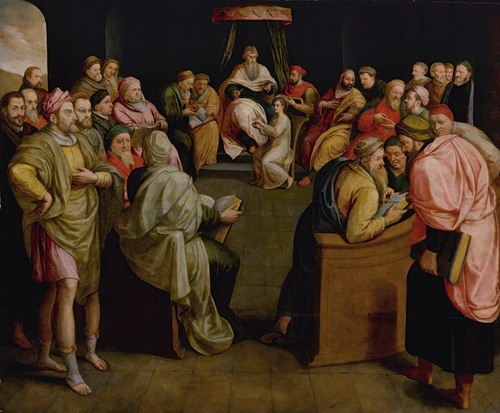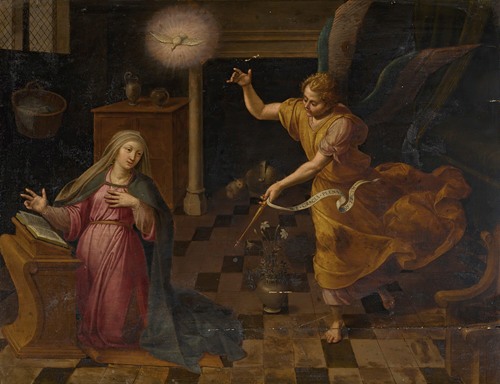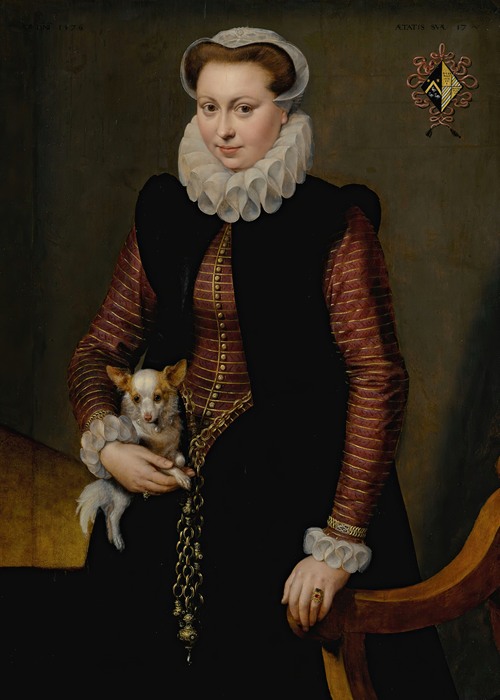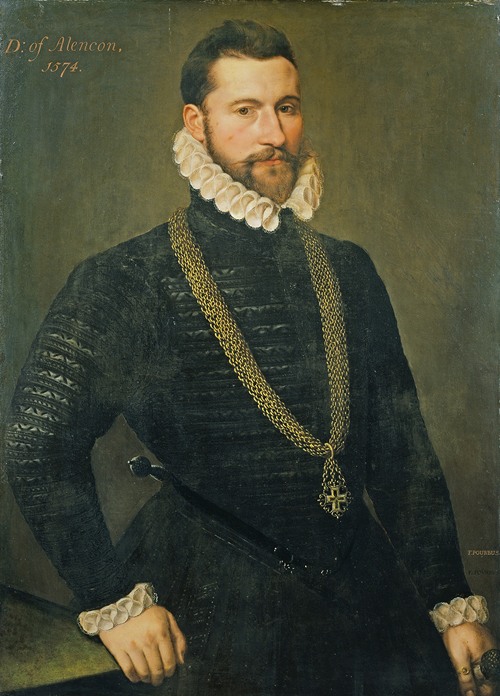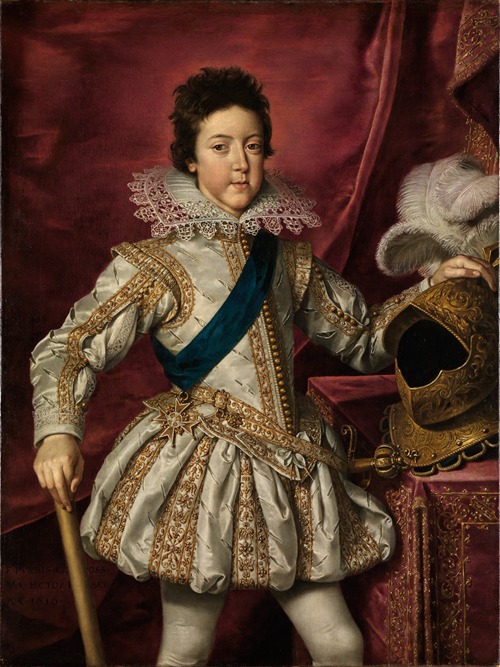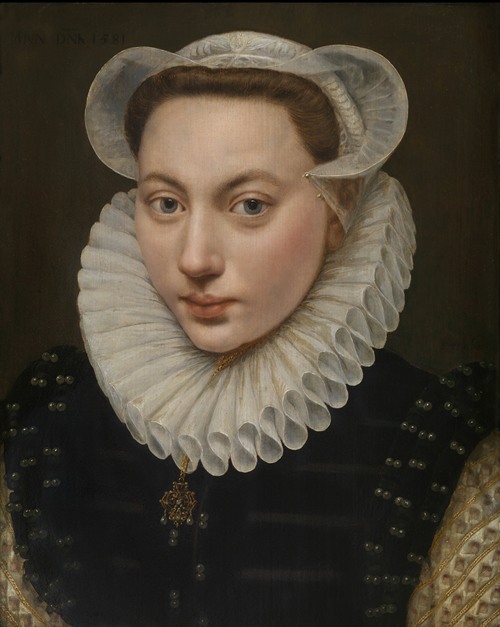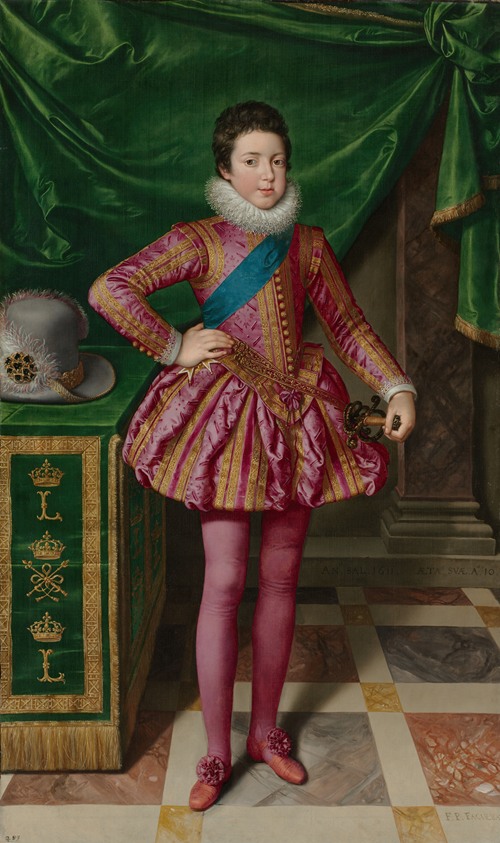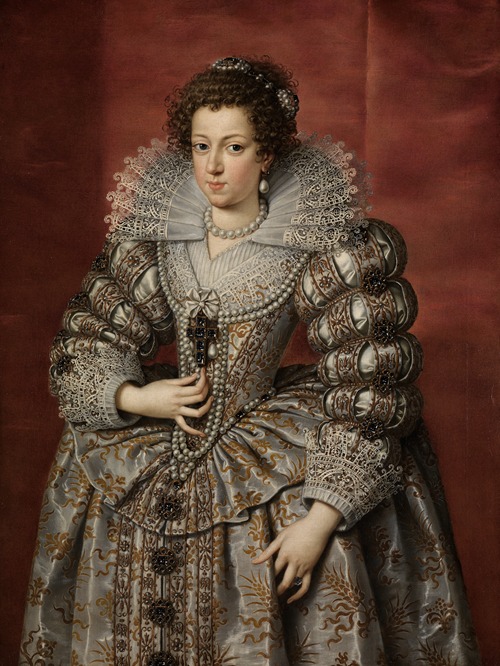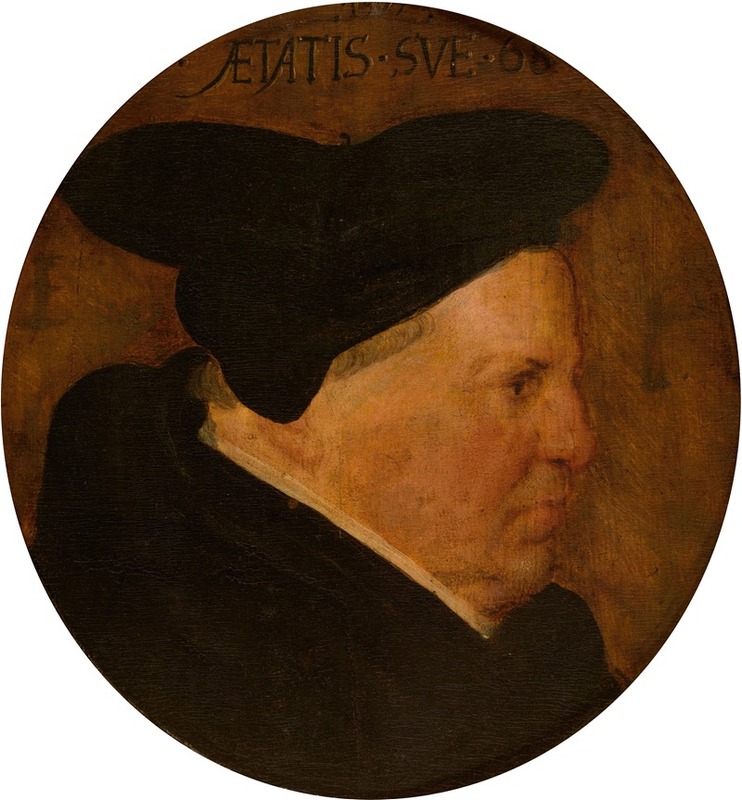
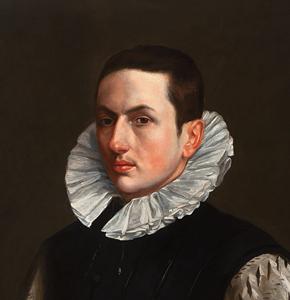
Frans Pourbus the Elder was a Flemish Renaissance painter who is known primarily for his portraits and religious compositions, as well as a few genre scenes. He was the son of the prominent Bruges painter and cartographer Pieter Pourbus and the father of Frans Pourbus the Younger who became an international portraitist of the European ruling class.
Frans Pourbus was born in Bruges as the son of the prominent painter Pieter Pourbus. Pieter Pourbus was originally from Gouda and had moved with his family to Bruges at a very young age. Here he had made a career as a painter of portraits and religious compositions. The mother of Frans was Anna Blondeel, the daughter of Lancelot Blondeel (1498 – 4 March 1561), a prominent painter, architect, surveyor and cartographer active in Bruges. Frans started his training with his father who taught him to paint in the traditional Flemish style. The year he started to work in his father's workshop is not recorded. Around 1550, when he was only 15 years old, he became the chief assistant in the workshop.
By 1564 the artist was registered as working in the workshop of Frans Floris in Antwerp. Frans Floris was mainly known for his history paintings and portraits. Floris played an important role in the movement in Northern Renaissance painting referred to as Romanism. The Romanists had typically travelled to Italy to study the works of leading Italian High Renaissance artists such as Michelangelo, Raphael and their followers. Their art assimilated these Italian influences into the Northern painting tradition. It is likely that Frans Pourbus' father knew Frans Floris personally and had sent his son to study with the leading Italianising painter in Flanders. Frans Floris soon recognised the talent of his new pupil and allowed him to complete his unfinished canvases. In the Floris workshop Pourbus acquired a more painterly style.
According to the contemporary Flemish biographer Karel van Mander Pourbus intended to travel to Italy in 1566, a trip taken by many of his fellow artists at the time, but abandoned his plans after traveling from Antwerp to Ghent to visit the painter-poet Lucas de Heere. Karel van Mander was at the time a pupil of de Heere. Van Mander recounts that Pourbus clearly did not have his heart in his trip to Italy as he had lost it to the niece of his master. Pourbus travelled back to Antwerp where he married Suzanna Floris, the niece of his master Frans Floris and daughter of Cornelis Floris de Vriendt, a prominent sculptor and architect.
Pourbus and his wife had a son also named Frans in 1569. This son became a portrait painter with an international career and was known as Frans Pourbus the Younger. The couple had three more children of whom two died in childhood. In the year 1569 Frans Pourbus was registered as a master of the Guild of Saint Luke in Bruges as well as the Guild of Saint Luke in Antwerp. In 1572 Pourbus took on Rochtus Gabrelius da Bresson as a pupil and in 1575 Peeter Cobbe became his pupil. In 1572 Pourbus was contacted by the prominent portrait painter Anthonis Mor for assistance in finding apprentices in Antwerp. This may have resulted in closer contacts between the artists and an opportunity for Pourbus to become familiar with the work of Mor, then the leading portrait painter in the Low Countries. It has been suggested that his mature work shows the influence of Mor.
Pourbus' wife died in 1578. The artist remarried Anna Mahieu, the daughter of the painter Jan Mahieu. They had a son who was called Moses, a name which confirms that they were Calvinists. This religious affiliation possibly explains why after 1577 he specialised increasingly in portraiture as Calvinists generally were opposed to religious paintings. Pourbus was a standard-bearer of the civil guard. He became critically ill during the performance of his civil guard duties. He caught typhoid fever by resting near a sewer pipe in the guardhouse where he was stationed. He died as a result on 19 September 1581. His father survived him. His widow married the painter Hans Jordaens the Elder.
In addition to Rochtus Gabrelius da Bresson and Peeter Cobbe, the pupils of Frans Pourbus included his son Frans and Gortzius Geldorp.
